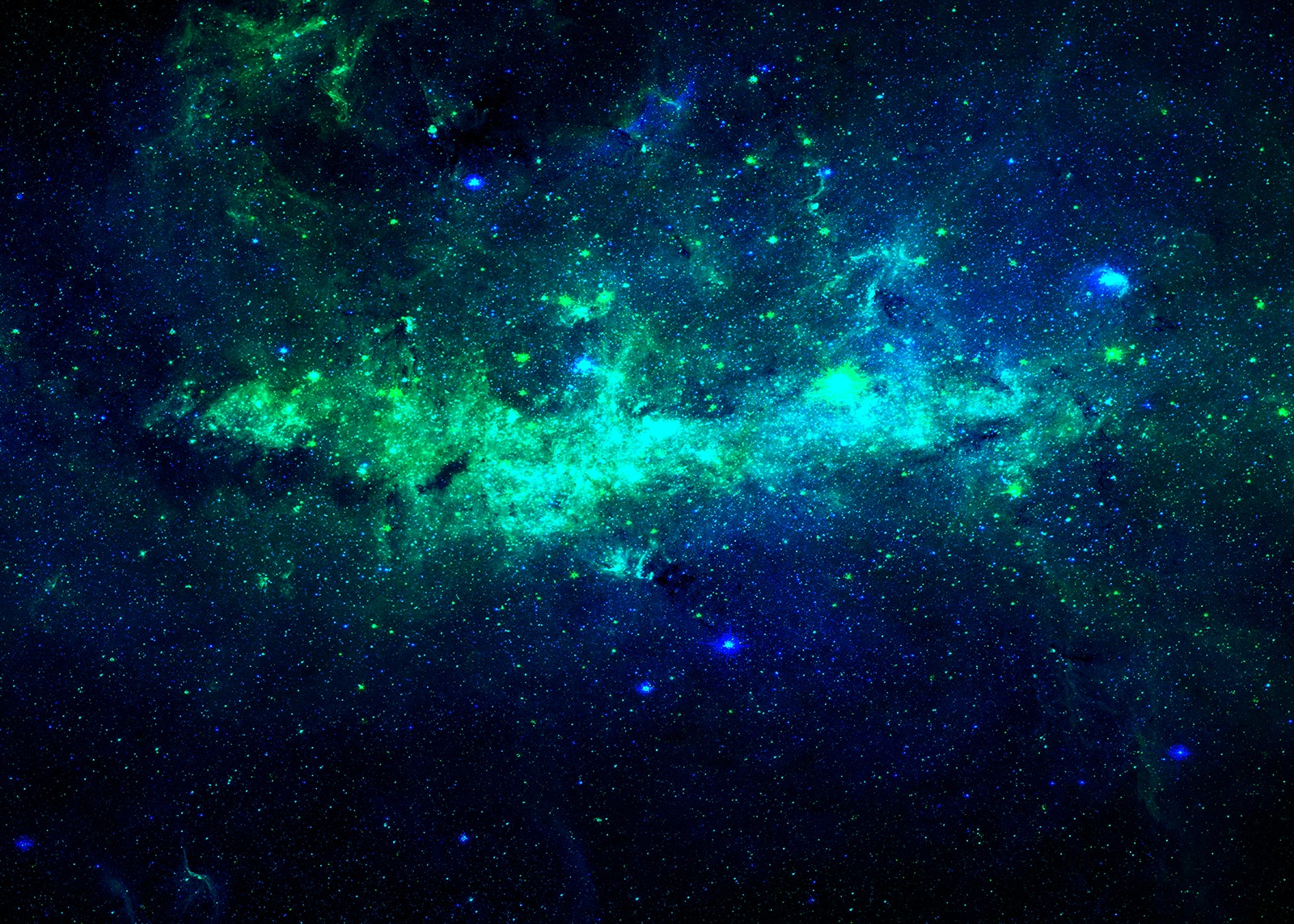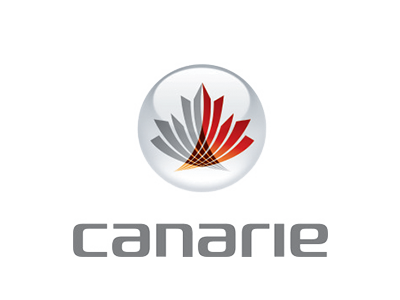
Taking astronomy to the cloud
Astronomy has come a long way from the days of Galileo Galilei looking through a telescope to the skies. Major science infrastructures such as the Hubble Space Telescope and telescope arrays, including the forthcoming Square Kilometer Array, create huge amounts of research data for scientists across the world to explore and explain the cosmos.
Next generation of discovery
And while clouds can be the nemesis of ground based astronomers, it is now cloud computing that is allowing the next generation of discovery.
With huge amounts of data being created from observatories around the world, the amount of raw data being produced is too large to be managed in a single location.
The solution, designed by the Canadian Advanced Network for Astronomical Research (CANFAR), is the world’s first dedicated cloud-computing platform for astronomy.
Thanks to funding from CANARIE’s Research Software Program, and with data crossing the globe via high-speed National Research and Education Networks (NREN), the CANFAR software platform helps manage this distributed “big data”, allowing scientists to focus on carrying out astronomy research instead of solving data-management nightmares.
The results of this distributed computing model are impressive; scientists are able to combine thousands of images from telescopes across the globe with complex computer algorithms to tease out tiny astronomical details, such as confirming the presence of planets circling distant stars.
Back in time
Thanks to CANFAR, researchers are able to reach back in time to answer some of the biggest questions facing astronomers and physicists.
For example, researchers can use the vast amounts of data to carry out simulations such mimicking the gravitational forces in a search for evidence of unseen massive solar system planets; create the world’s highest precision stellar maps used to navigate the New Horizons spacecraft into the distant Kuiper belt; and map the matter distribution around distant clusters of galaxies to probe the presence of dark matter and understand the formation of galaxies.
New heights
The collaboration CANFAR enables is now central to very critical and widely referenced research being produced in the field.
Moreover, the platform itself, which is deployed on Compute Canada resources, is a model of exactly what can be achieved when researchers are able to cooperate regardless of geography: it is the result of a successful relationship between Canadian-based researchers at the University of Victoria, the University of British Columbia, the University of Alberta, and the National Research Council Herzberg Institute of Astrophysics.
With the use of CANFAR’s cloud computing software, astronomy is taking off to reach new heights.
For more information please contact our contributor(s):

